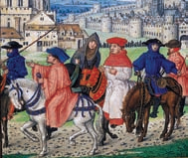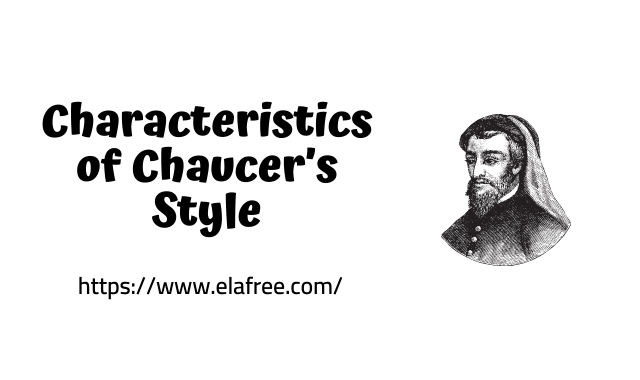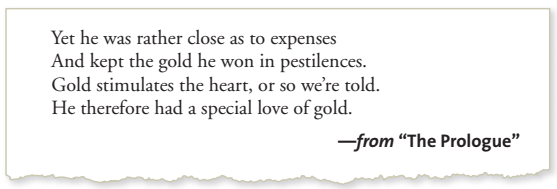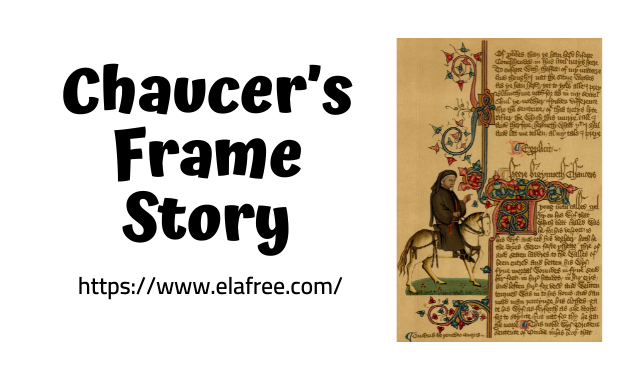Medieval Narratives
Imagine you are living in London, England, in the year 1398, and you are similar to the type of person you are now: a student reading and learning about literature. What would you be reading? As an educated person in the 14th century, what might be of interest to you?
The Medieval Reader
By the end of the 14th century, a typical Londoner who could read would have been interested in narratives—a type of writing that relates a series of events— written in verse. Typical medieval narratives included ballads, romances, allegories, and moral tales. Most of them were religious in theme, but many others were concerned with love, exemplary life and behavior, and political and societal issues. Although comedy and humor are not something we often associate with the Middle Ages, the medieval mind had a sophisticated sense of irony and a taste for comic narratives, which were, in fact, common.
Between 1350 and 1400, a large body of narrative works was produced in England. These were written in Middle English, a language that had developed and replaced the use of French, which had been the predominant language of educated people in Britain. Literacy had become more common, and books were more widely available, although they were still copied by hand; thus, educated citizens had access to more literary works. Popular narratives of the time included Sir Gawain and the Green Knight and the King Arthur romance, with their themes of chivalry, love, and religious devotion; William Langland’s Piers Plowman, an allegory that exposed the corruption of church, state, and society; and Geoffrey Chaucer’s groundbreaking work, The Canterbury Tales . It was Chaucer, with his sense of humor, style, and realistic characterizations, who overshadowed his peers and became known to subsequent generations as one of the greatest poets in the history of English literature.
Types of Medieval Narratives
- ballad: a type of narrative poem that tells a story and has a regular pattern of rhythm and rhyme (“Barbara Allan,” “Robin Hood and the Three Squires,” “Get Up and Bar the Door”)
- medieval romance: an adventure tale with extravagant characters, exotic places, heroic events, passionate love, and supernatural forces (Sir Gawain and the Green Knight, King Arthur legends)
- allegory: a narrative in which every character and event is a symbol that represents an idea, religious principle, or moral (Piers Plowman)
- moral tale: a narrative that illustrates a moral lesson, such as a fable or an exemplum (“The Pardoner’s Tale”)
Note that Chaucer’s The Canterbury Tales contains nearly every type of medieval narrative, including romance, allegory, and moral tale.
Characteristics of Chaucer’s Style
Chaucer had no illusions about humanity, and yet his works show a compassion and fondness for human nature with all its faults and idiosyncrasies. Though The Canterbury Tales went unfinished, it is the work that best exhibits his unique style, which encompasses a variety of traits.
- Imagery and Figurative Language Chaucer uses sparse but vivid imagery and figurative language to describe his characters’ physical appearance, as in his depiction of the Summoner: “His face on fire, like a cherubin, / For he had carbuncles.”
- Irony The contrast between expectation and reality is known as irony. The ironist seems to be writing with tongue in cheek, and Chaucer is a master of it. While calling attention to his characters’ faults, he also emphasizes their essential humanity. This gives his writing a tone of detachment and compassion. Note the irony he uses in his description of the Doctor, one of the pilgrims described in “The Prologue” to The Canterbury Tales.
- Characterization A writer develops characters by describing their physical appearance, making direct statements about them, and allowing them to express their personalities through dialogue. In The Canterbury Tales, each of Chaucer’s characters is also clearly differentiated by the type of story he or she tells and the voice in which each tale is told. Compare these two passages, the first narrated by the Pardoner, and the second narrated by the Wife of Bath.
Chaucer’s Frame Story
The frame story is a literary device that joins together one or more stories within a larger story, or frame. Frame stories have been used throughout the world and date back to antiquity. The Panchatantra, a collection of Sanskrit fables gathered around 200 b.c., is an ancient Indian example of a frame story. Giovanni Boccaccio’s Decameron is a well-known Italian frame story in which a collection of stories are told by different characters.
The Canterbury Tales is one of the most famous examples of the frame story. In his innovative use of the device, Chaucer interwove the frame with the tales. The plot of the frame involves pilgrims on a pilgrimage who are challenged to compete in telling the best tale. Chaucer reveals the pilgrims’ personalities not only through their interactions between tales but also by the tales they tell. As a result, the frame itself acts as a long and engaging narrative whole.
Extra Notes
- The Canterbury Tales is a narrative poem. Consequently, it contains story elements as well as poetic elements.
- Poets use words in imaginative ways, often expressing ideas that are not literally true. The Summoner’s face, for example, is obviously not on fire.
- There are three kinds of irony: Verbal irony occurs when someone states one thing and means another. Situational irony is a contrast between what is expected to happen and what actually happens. In dramatic irony, the readers know more than the character or characters do.
- Chaucer’s fame derives in part from his ability to match each pilgrim with his or her tale, as if no other character could have told that story.







